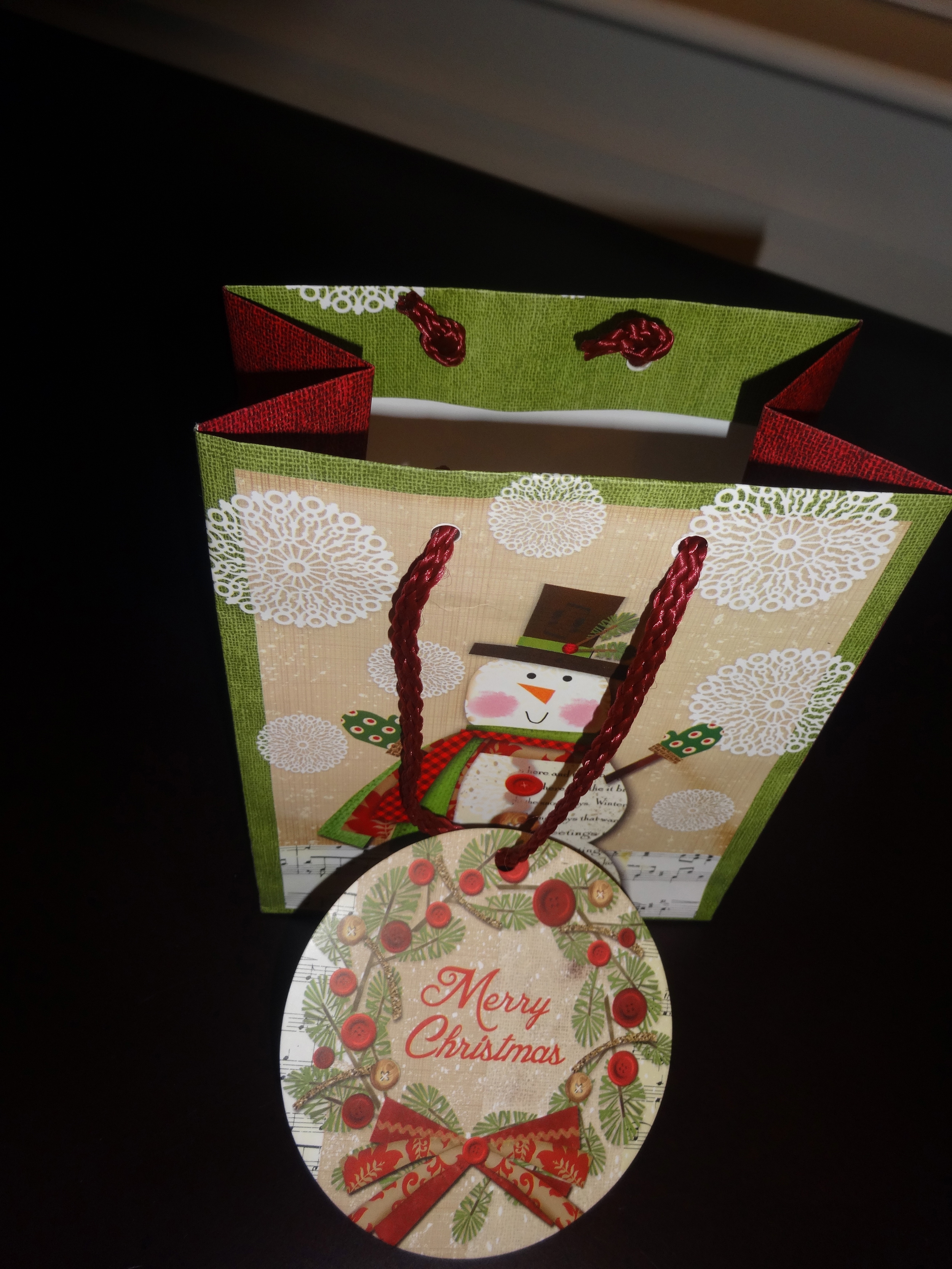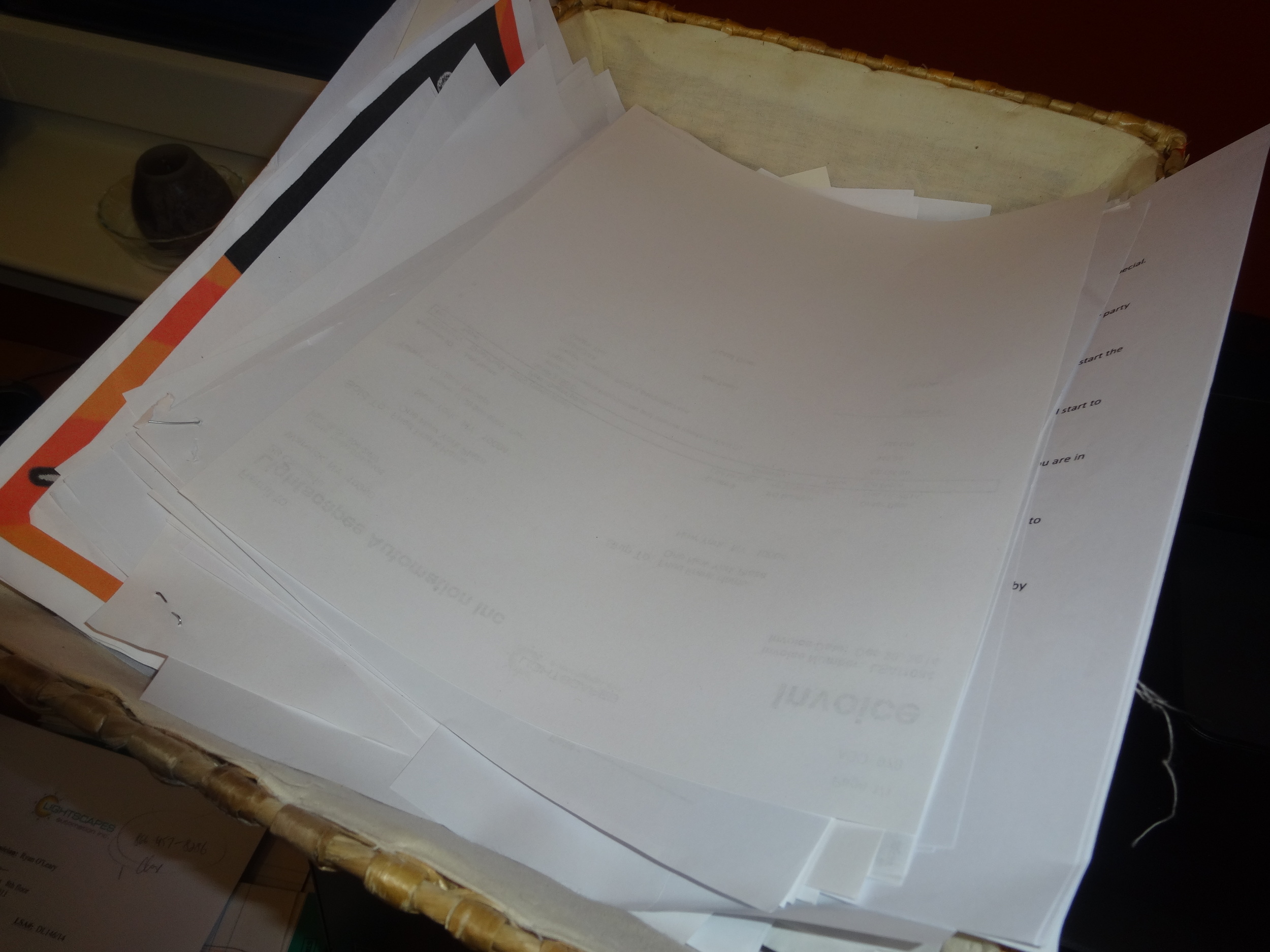Hearing bear stories and seeing one up close are two different things. A few days ago I observed a bear out of my office window, playing with a log, meandering along the tree line, trying to get down from the cliff behind our house, then deciding it was too steep, and slowly disappearing back into the woods. Today, I took a - brief - lunchtime walk and saw what I presume was the same bear, slowly crossing the road in the not-so-distant distance. I was in awe and treaded back, hence the brevity of the walk.
 Even the Native Americans respect the bear because it is so powerful and can be fickle. It behooves us to respect nature, to bow in reverence before its grandeur, power, unpredictability, and force, whether nature comes in animal, plant, weather or geological form. It seems to me that we as a culture
Even the Native Americans respect the bear because it is so powerful and can be fickle. It behooves us to respect nature, to bow in reverence before its grandeur, power, unpredictability, and force, whether nature comes in animal, plant, weather or geological form. It seems to me that we as a culture
 have unlearned to work with it, alongside it, leaving it alone when need be, and not walking all over it with disrespect and hubris. When we live away from nature we tend to see nature as something different from us, something we can use and exploit.
have unlearned to work with it, alongside it, leaving it alone when need be, and not walking all over it with disrespect and hubris. When we live away from nature we tend to see nature as something different from us, something we can use and exploit.
But are we not nature, too?















